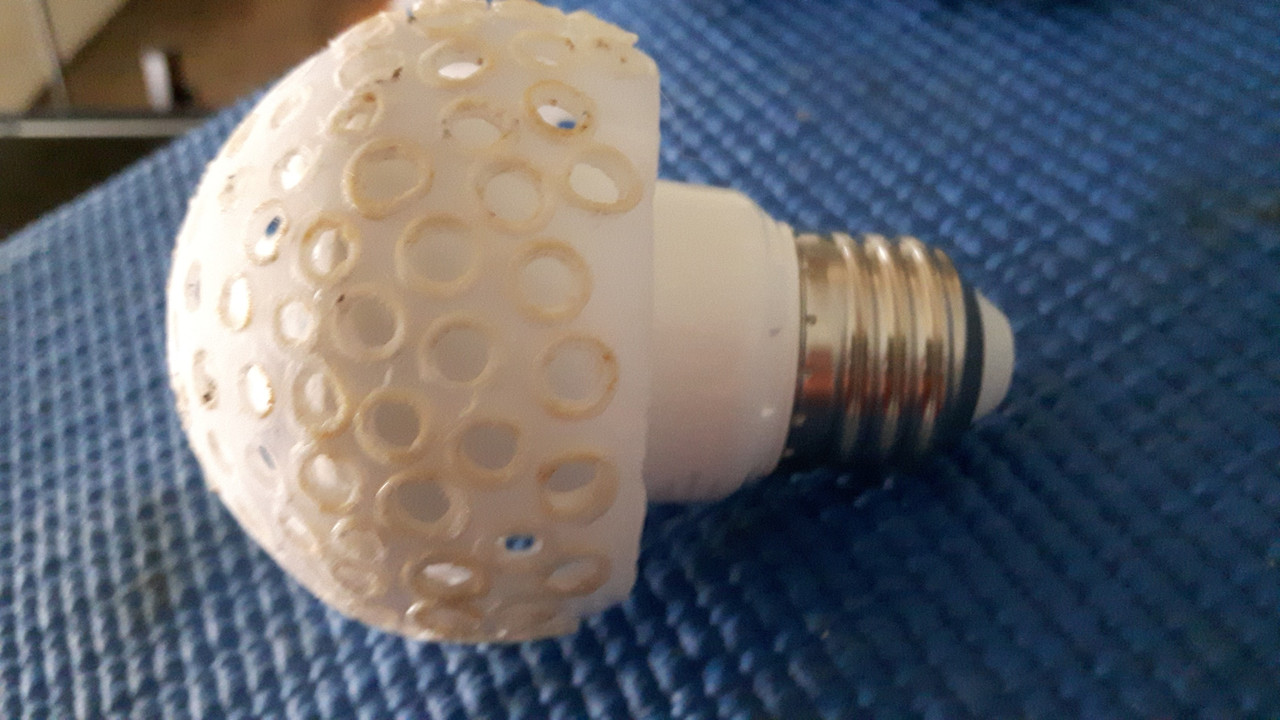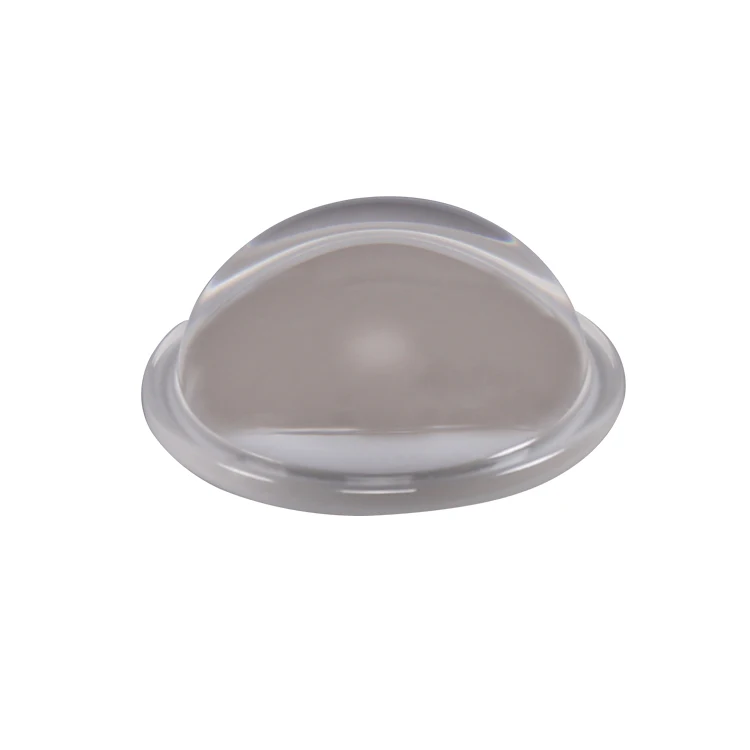Night4wings20
Active member
That looks like a good option for me @PCbuds as i'm working with 240v power, means i won't kill myself touching the exposed metal on the full un-capped globes. Cheers mate







Looks great, I have a small 2 sq ft flower box with 8x 10w SILs and I just went to them after 5 years using CFLs. I over lighted my saplings in my veg box when I started learning and so am a bit hesitant to burn the flowering plants. I see alot of the mini boxes have the plant growing right up to the SILs and it seems ok, similar to yours. Do you see any problems from that? If anybody else wants top chime in also that would be great. Thanks guys I have followed this thread for years and enjoyed all the help from everybody.
Why are you putting holes in them and not just cuttong away the light diffuser? (Sorry if you said it already haven't read all thread yet.)

@f-e.
My timer is rated 15 Amp incandescent and 5 Amp ballast.
Are SIL's considered "ballasted" or is that flouro's?